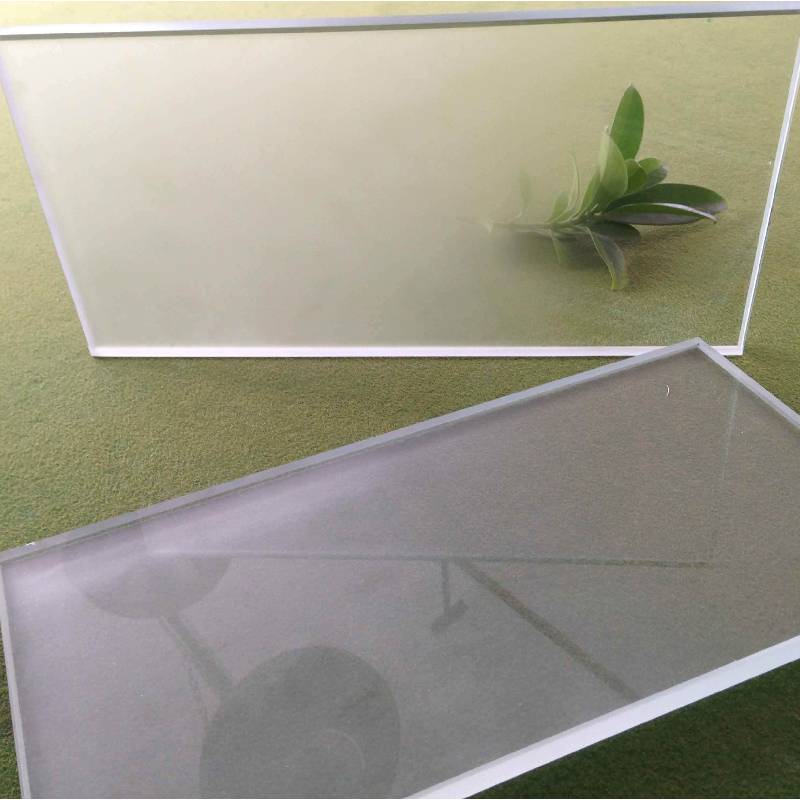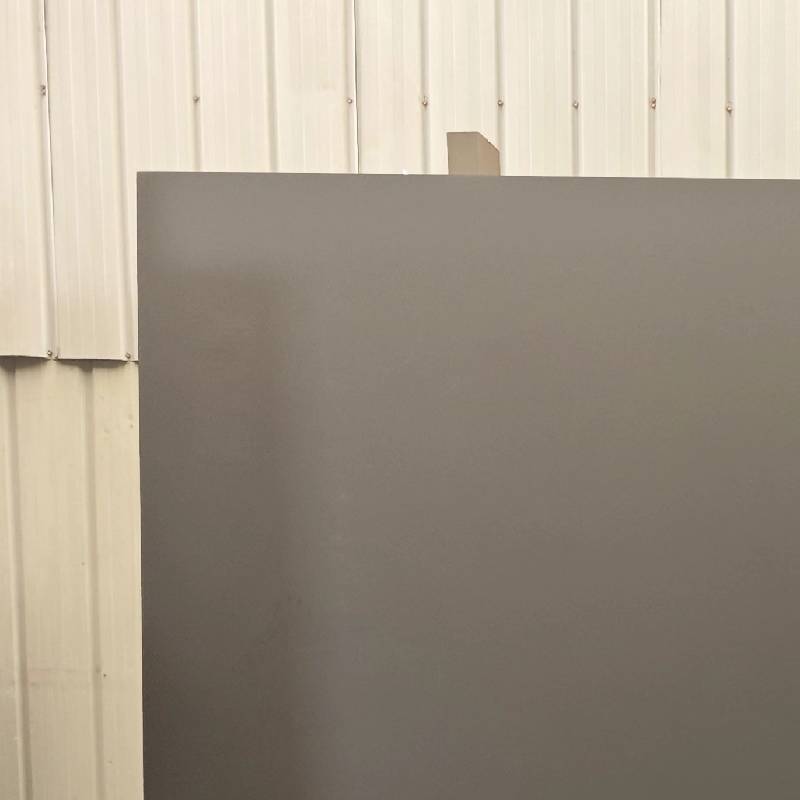

Exploring the Innovations and Specifications of Modern Etched Glass Solutions
Acid etched glass, also known as frosted glass, is a type of decorative glass that has been treated with hydrofluoric acid or other chemicals to create a frosted or semi-opaque finish. This process involves applying the acid to the surface of the glass, which then etches away a thin layer, resulting in a smooth, matte appearance. Acid etched glass is available in different levels of opacity, from fully frosted to partially frosted, depending on the desired level of privacy and light diffusion.
Hot Thickness: 4mm, 5mm, 6mm, 8mm, 10mm, 12mm etc.
Hot Sizes: 1650*2140/2440, 1830*2440, 2000*2440, 3300*2140/2250/2440, 3660*2140/2250/2440mm etc.
Max Size: 3660*2440mm
View Our Acid Etched Glass CollectionThe global market for acid etched glass is experiencing significant growth, projected to reach $1.8 billion by 2028 according to Global Market Insights. This growth is driven by increasing demand in architectural, interior design, and automotive sectors. Contemporary architects particularly value acid etched glass for its ability to balance natural light transmission with privacy requirements. The recent trend toward biophilic design has further increased demand for surfaces that diffuse light in organic patterns.
In commercial applications, acid etched laminated glass is becoming the standard for safety-critical installations like balustrades and partitions. The combination of etching with lamination creates a safety glass that maintains its aesthetic integrity even if broken. Similarly, acid etched toughened glass provides enhanced strength and thermal resistance for exterior applications such as facades, curtain walls, and walkways. When combined with reflective coatings, acid etched mirror glass creates sophisticated one-way visual barriers for bathrooms, dressing areas, and corporate meeting rooms.


| Parameter | Standard Acid Etched Glass | Acid Etched Laminated Glass | Acid Etched Toughened Glass | Acid Etched Mirror Glass |
|---|---|---|---|---|
| Light Transmission | 45-90% | 35-85% | 40-90% | 15-60% |
| Haze Value | 75-95% | 70-92% | 75-96% | 60-90% |
| Impact Resistance | Standard | High (EN 356 P1A) | Very High (EN 12600:2002) | Standard |
| Safety Rating | Class C | Class B (BS 6206) | Class A (BS 6206) | Class C |
| Thermal Resistance | Up to 200°C | Up to 150°C | Up to 250°C | Up to 180°C |
| Standard Thickness | 4-12mm | 6.8-25.2mm | 5-19mm | 4-8mm |
The production of acid etched glass involves multiple critical stages beginning with selection of float glass of specific composition and flatness. The etching stage typically uses hydrofluoric acid in concentrations ranging from 15-25%, applied through specialized spraying equipment. Contact time varies from 30 seconds to 8 minutes depending on desired opacity levels. Shahe Top Glass utilizes a patented neutralization process that eliminates residual acidity which ensures long-term stability of the etched surface and prevents hazing issues that plague inferior products.
Quality control parameters include:
A: While both create opaque surfaces, acid etching produces a uniformly smooth matte surface by altering the glass itself, whereas ceramic frit is an applied coating. Etched surfaces offer superior durability with no risk of delamination, better light diffusion, and consistent performance throughout the glass thickness.
A: Absolutely. Etched surfaces can undergo both laminating and tempering processes. However, the sequence is critical - etching must precede tempering, while laminating is performed after etching. Acid etched laminated glass combines safety with aesthetic control, while acid etched toughened glass is essential for structural applications.
A: Key standards include ASTM C1036 (Specification for Flat Glass), EN 572 (Glass in Building), and AS/NZS 2208 (Safety Glazing). For structural applications, ASTM E1300 (Load Resistance) applies. Shahe Top Glass products exceed ISO 9001:2015 and EN 12150 thermal safety requirements.
A: Chemical etching typically reduces surface tensile strength by approximately 12-18% compared to untreated annealed glass. This reduction is mitigated in tempered variants where the compressive surface layer remains mostly unaffected by the etching process. Our acid etched toughened glass undergoes enhanced post-processing to maintain 95% of standard tempered strength values.
A: Maintain with pH-neutral cleaners only. Avoid abrasive materials or alkaline cleaners exceeding pH 8.5. The etched surface naturally resists fingerprints more effectively than polished surfaces. For heavily soiled commercial installations, mechanical cleaning systems with soft micro-fiber rollers are recommended.
A: Yes, through precisely controlled resist application techniques. Photoresist technology allows patterns with resolution down to 0.2mm. Our CNC-controlled masking enables complex gradients and variable-opacity designs impossible with traditional sandblasting methods.
A: We strongly advise against amateur etching attempts. Hydrofluoric acid requires specialized handling equipment and environmental controls. Improper techniques yield inconsistent results and pose severe health risks. Professional-grade equipment creates molecular-level uniformity that DIY methods cannot replicate.
1. Glass Technology Roadmap 2025 - International Commission on Glass (ICG): https://www.icglass.org/publications
2. "Advanced Surface Treatments in Architectural Glass" - Journal of Materials in Civil Engineering: https://ascelibrary.org/journal/jmcee7
3. ASTM C1036 - Standard Specification for Flat Glass: https://www.astm.org/c1036-21.html
4. EN 15682 - Glass in Building - Chemically Strengthened Soda Lime Silicate Glass: https://www.en-standard.eu
5. Global Architectural Glass Market Analysis 2023-2028 - Research and Markets: https://www.researchandmarkets.com